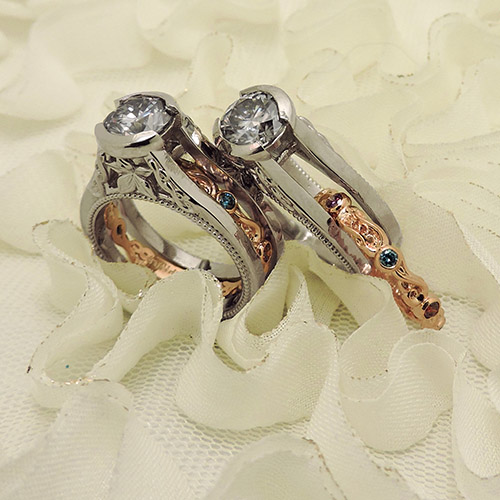
The LGBT logo is a symbol of the LGBTQ community that helps to create awareness about their rights and issues. It can be found at LGBTQ pride events and is a common sight in many cities throughout the world.
The original ‘rainbow flag’ was created by Gilbert Baker and Lynn Segerblom in 1978. It comprised eight coloured stripes stacked on top of each other to evoke a rainbow, a symbol of hope.
The rainbow flag
The rainbow flag is a symbol that’s recognized worldwide for representing LGBTQ+ communities. It’s a symbol of hope, unity and empowerment to allow love to be love regardless of gender, ethnicity or labels.
The flag was first created in 1978 by San Francisco activist Gilbert Baker, who wanted to create an emblem of pride for the gay community. His idea was to make a flag that would unite all community members, even though there were many different subgroups at the time.
His initial rainbow flag consisted of eight colors: pink for sexuality, red for life, orange for healing, yellow for sunlight, green for nature, turquoise for magic, indigo for harmony, and violet for spirit. However, production difficulties caused him to exclude the pink and turquoise stripes.
The current six-striped version of the LGBTQ jewelry is used for Pride events and by organizations to show their support for the LGBTQ+ community. It also features the colours of the intersex movement, which represents those who don’t fit into the male/female gender binary.
The HRC logo
The HRC logo is one of the most widely recognized symbols of the lesbian, gay, bisexual and transgender (LGBT) community. The HRC’s acronym has evolved over time as the world gains a better understanding of people’s different sexual orientations, gender identities and expressions.
As part of this process, the HRC changed their name from “LGB” to “LGBT+” in 2013. The change represented a greater focus on inclusiveness and reflected a new vision for the organization’s future.
In addition, the HRC rebranded its logo to represent marriage equality, which was a much-needed step for the LGBT community. The new name and logo helped the HRC become more visible to supporters across the country and around the world, and it also emphasized their wider goals.
During the 2013 marriage equality campaign, Facebook users across the country began changing their profile pictures to the red HRC logo. The red logo is a reminder of how far we’ve come and how many people have worked for the freedom of marriage in this country. It is a powerful symbol that shows support for LGBT equality and encourages others to join in the movement for marriage equality.
The rainbow symbol
The rainbow symbol represents lesbian, gay, bisexual, transgender and queer pride and solidarity. It is a visible, contested and political community-building symbol that is utilised in public and private spaces to produce individual symbolic meanings and imagined global communities of recognition and acceptance.
The first version of the rainbow flag designed by Gilbert Baker in 1978 featured eight colors: hot pink for sexuality, red for life, orange for healing, yellow for sunlight, green for nature, turquoise for magic and art, indigo for serenity and violet for spirit. It later dropped the pink and indigo stripes and replaced them with a basic blue, to make the flag easier to mass-produce.
To study the symbolic meanings of the rainbow for lesbian, gay, bisexual, transgender or queer youth, we conducted 66 go-along interviews with youth in three different countries. These young people identified the rainbow as a visible community-building and peer-based politicised symbol that helps them connect to others and identify their membership of a larger lesbian, gay, bisexual, transgender, or queer community.
The HRC red logo
If you’re on Facebook, you’ve likely seen the HRC red logo. In response to the Supreme Court’s arguments on Proposition 8 and the Defense of Marriage Act, HRC encouraged supporters to change their profile pictures to this symbol.
The simple logo, designed in 1995 by marketing and design firm Stone Yamashita, was quickly adopted as a recognizable symbol of LGBT equality. It has since been used on the organization’s letterhead, in stickers, and at pride celebrations across the country.
This logo was modified in March 2013 to draw attention to two Supreme Court cases addressing gay marriage equality. It replaced the original blue square with a pink equal sign over a red background.
The mutability and copying fidelity of the modified HRC logo illustrates a key aspect of replicating Internet memes, particularly in social media technologies. It suggests that timing is a critical factor in choosing which meme to adopt, but identification (particularly group or communal identification) also plays an important role in the transmission of circulating Internet memes. https://www.youtube.com/embed/n0LTesYRf4I